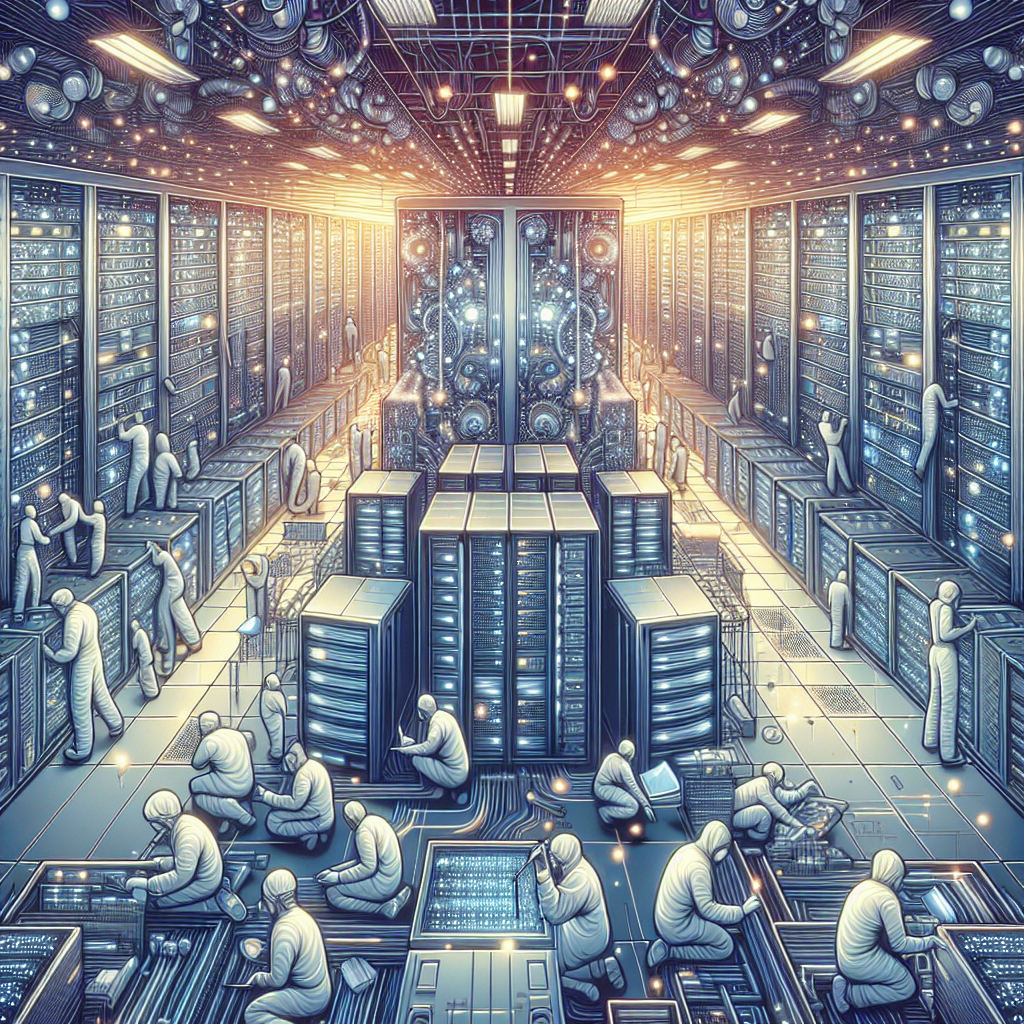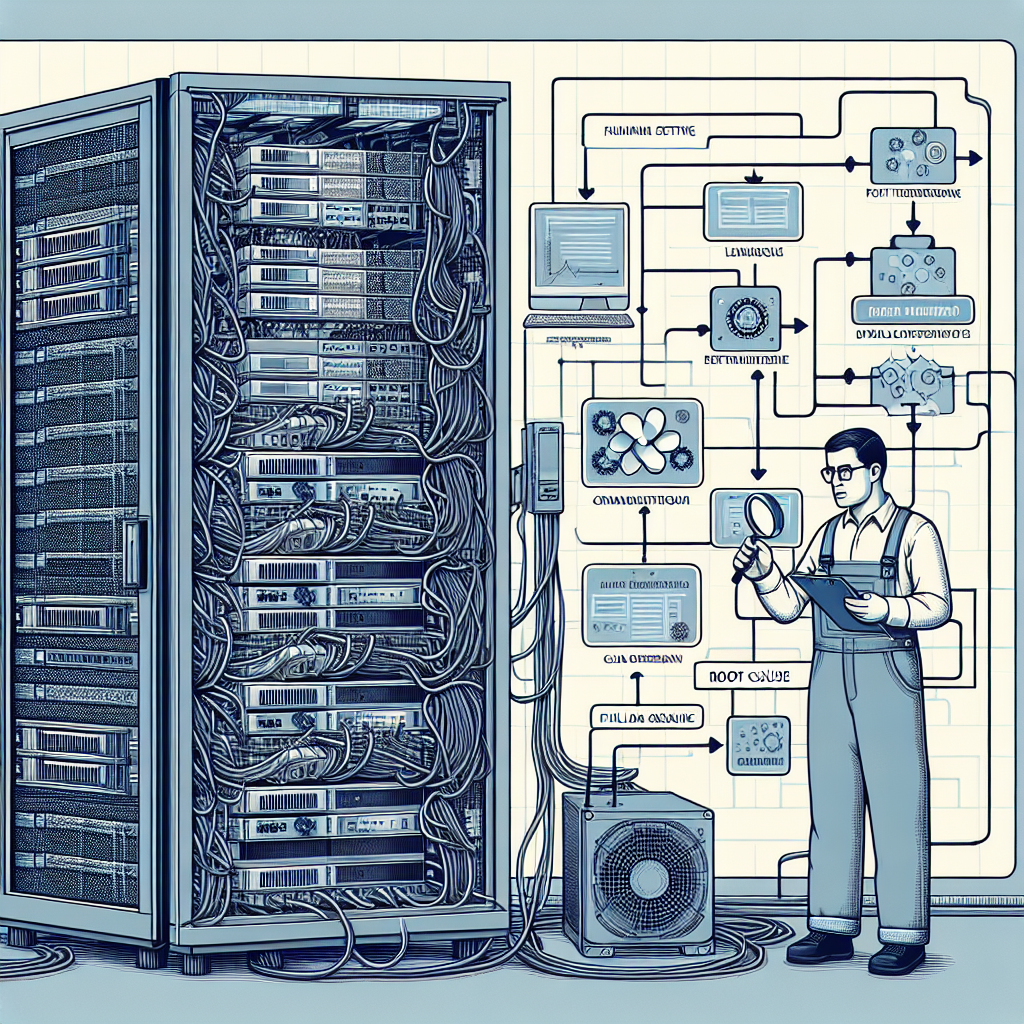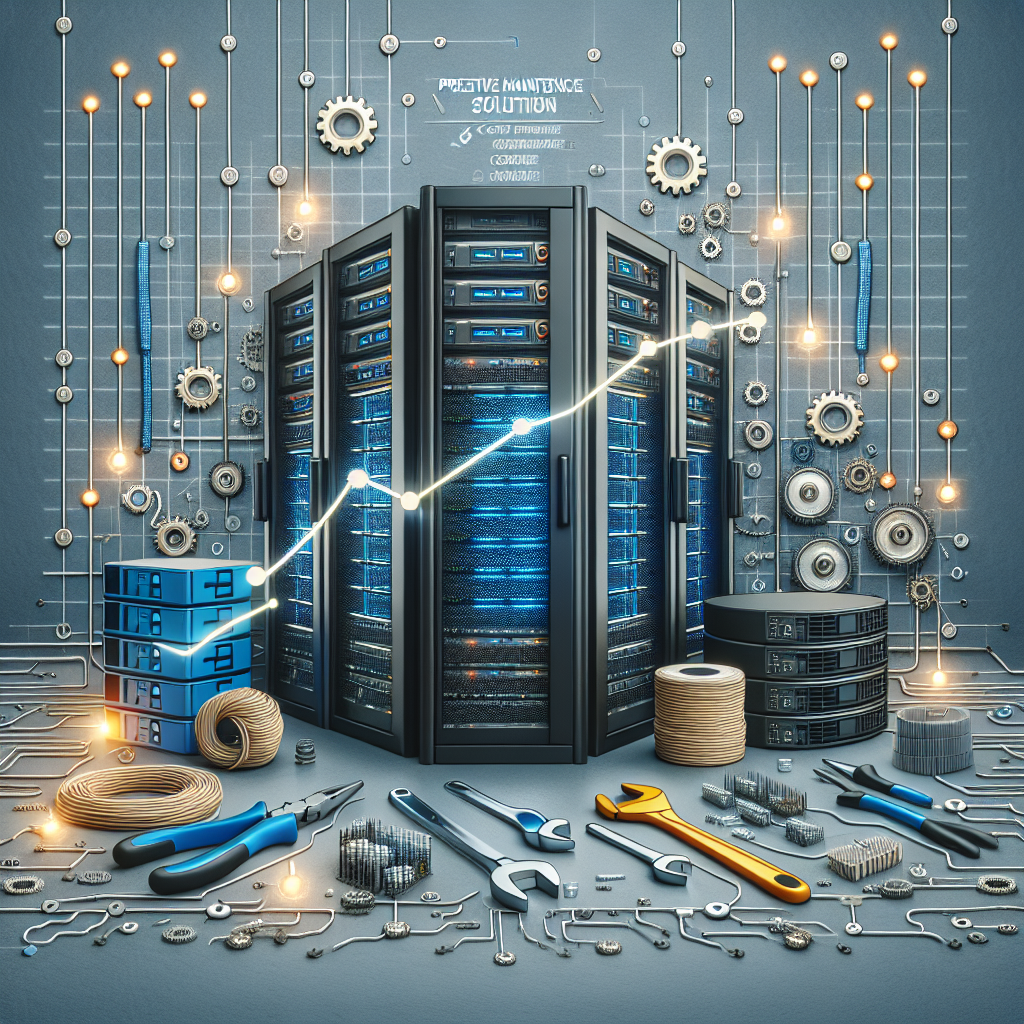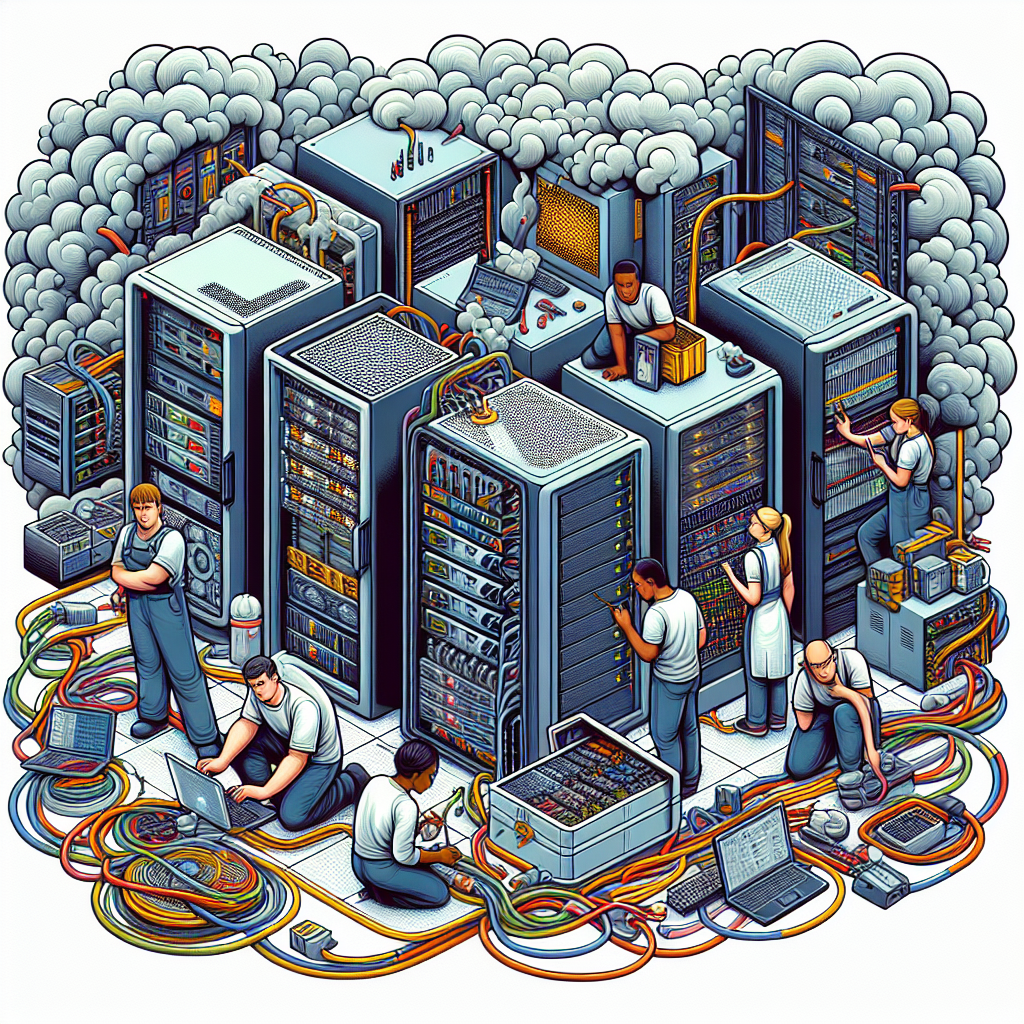UPS (Uninterruptible Power Supply) failures can have a significant impact on data center operations. These critical power systems are designed to provide backup power in the event of a main power failure, ensuring that servers and other essential equipment remain operational. When a UPS system fails, data center operations can be disrupted, leading to downtime, data loss, and potential financial losses.
One of the primary impacts of UPS failures on data center operations is downtime. Without a reliable backup power source, servers and other equipment may shut down unexpectedly during a power outage, causing interruptions to critical services and applications. Downtime can result in lost revenue, decreased productivity, and damage to the organization’s reputation.
In addition to downtime, UPS failures can also lead to data loss. When servers unexpectedly shut down due to a power failure, data that has not been saved or backed up may be lost. This can have serious consequences for businesses, as lost data may include important customer information, financial records, and other sensitive data. Data loss can also result in compliance violations and legal repercussions.
Furthermore, UPS failures can have a financial impact on data center operations. In addition to the costs associated with repairing or replacing the failed UPS system, businesses may also incur additional expenses related to downtime, data recovery, and lost revenue. The financial ramifications of UPS failures can be substantial, particularly for businesses that rely heavily on their data centers to support their operations.
To mitigate the impact of UPS failures on data center operations, businesses should implement a comprehensive power management strategy. This may include regular maintenance and testing of UPS systems, monitoring power usage and performance, and implementing redundant power sources to ensure continuity of operations in the event of a UPS failure. Additionally, businesses should have a solid disaster recovery plan in place to quickly recover data and resume operations in the event of a power outage.
In conclusion, UPS failures can have a significant impact on data center operations, leading to downtime, data loss, and financial losses. By implementing a proactive power management strategy and disaster recovery plan, businesses can minimize the risk of UPS failures and ensure the continuity of their data center operations.










